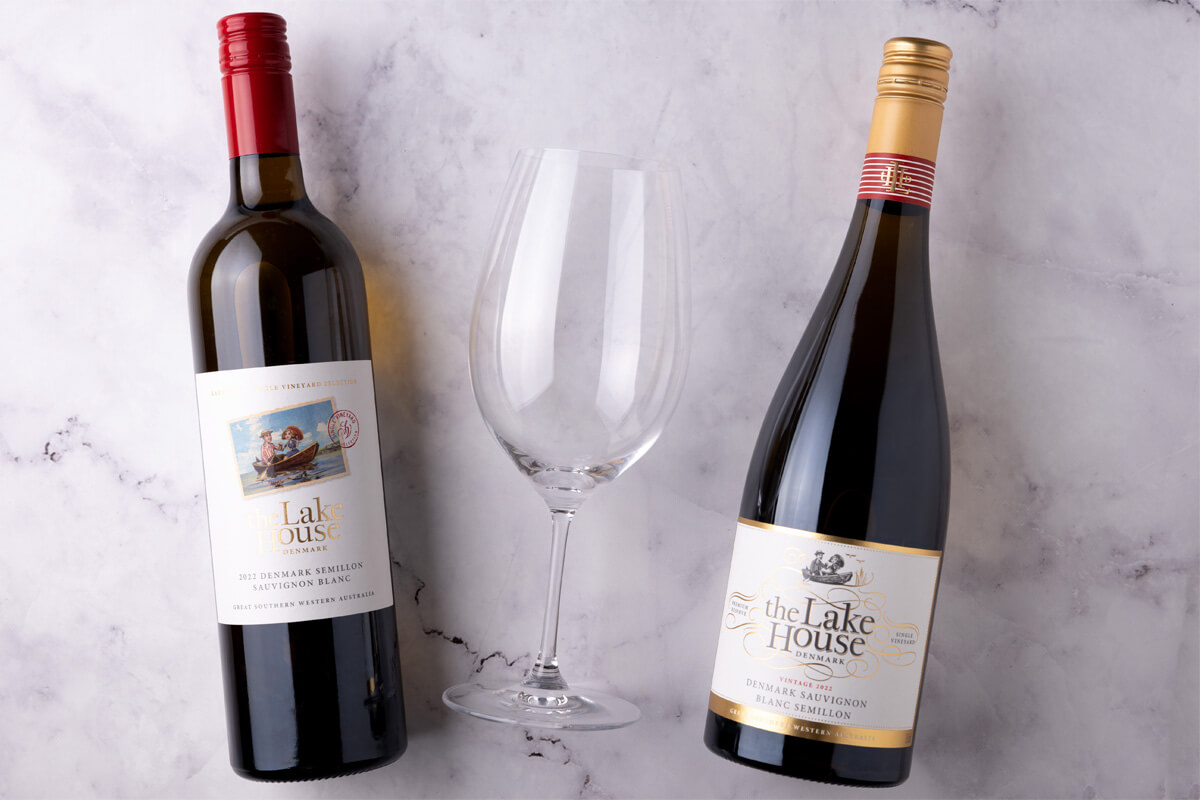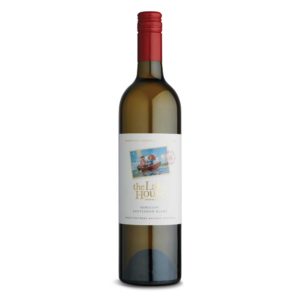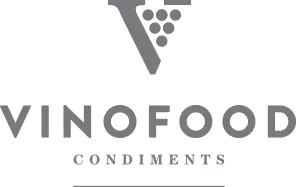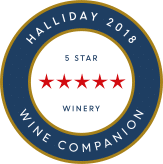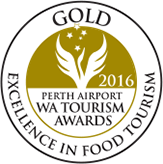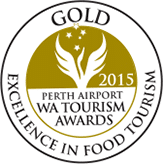Exploring the Differences: Semillon Sauvignon Blanc (SSB) versus Sauvignon Blanc Semillon (SBS)
Semillon Sauvignon Blanc (SSB) and Sauvignon Blanc Semillon (SBS) are two different styles of white wine blends that are popular in Australia. While both wines are made from the same grape varieties, there are some key differences:
Grape Variety Proportions
The main difference between these two blends is the proportion of each grape variety used in the blend. SSB wines typically have more Semillon grapes in the blend, while SBS wines have more Sauvignon Blanc. This gives a SSB blend a richer, waxier texture, while SBS wines have a brighter acidity with more prominent citrus and herbaceous notes.
Flavour Profile
Another point of difference is the flavour profile of both wines. Typically SSB wines are medium-bodied with a smooth, creamy mouthfeel and a balanced acidity. They are more complex and layered with notes of honey and lemon from the Semillon grape with crisp acidity and green apple, citrus and grassy notes from the Sauvignon Blanc grape. SBS blends, on the other hand, have a more upfront citrus and herbaceous profile from the Sauvignon Blanc fruit, with the Semillon grape providing additional body and complexity.
Food Pairings
Both SSB and SBS blends are very versatile and pair well with a wide range of foods. However, their slightly different flavour profiles make them better suited to different dishes. SSB blends tend to pair well with seafood, poultry and soft cheeses, whereas SBS wines are a good match for salads, creamy pasta dishes and spicy foods.
While both blends are delicious, they offer slightly different experiences. Whether you prefer a richer, more complex SSB or a brighter, more herbaceous SBS, both blends are sure to delight your tastebuds.


